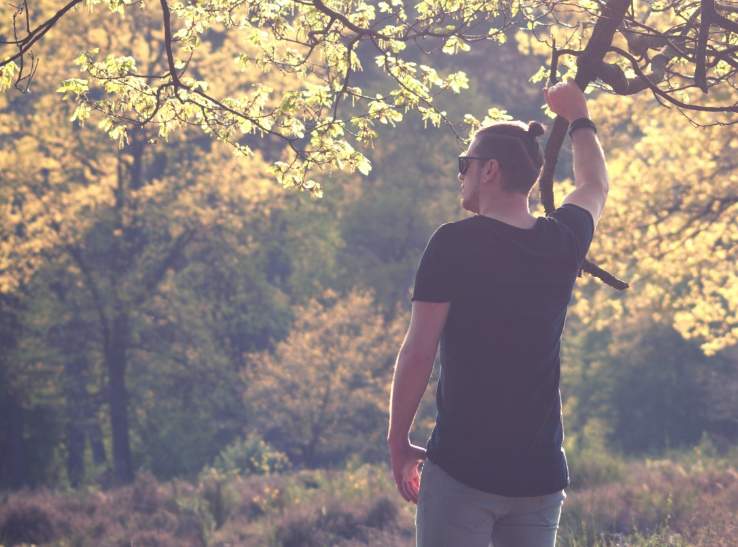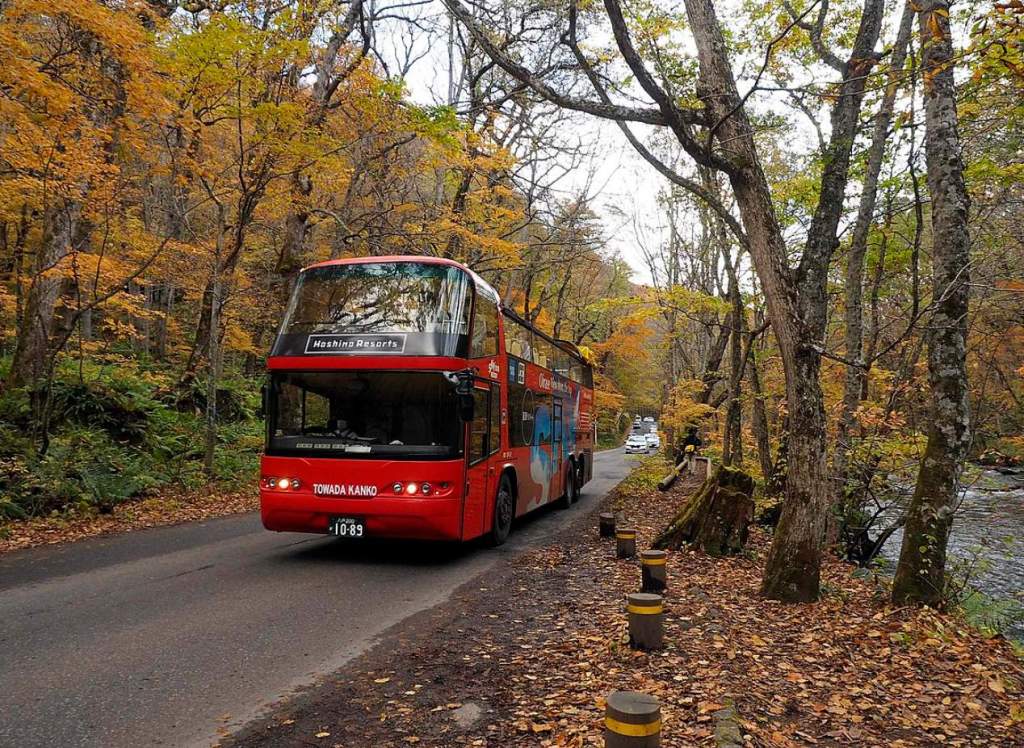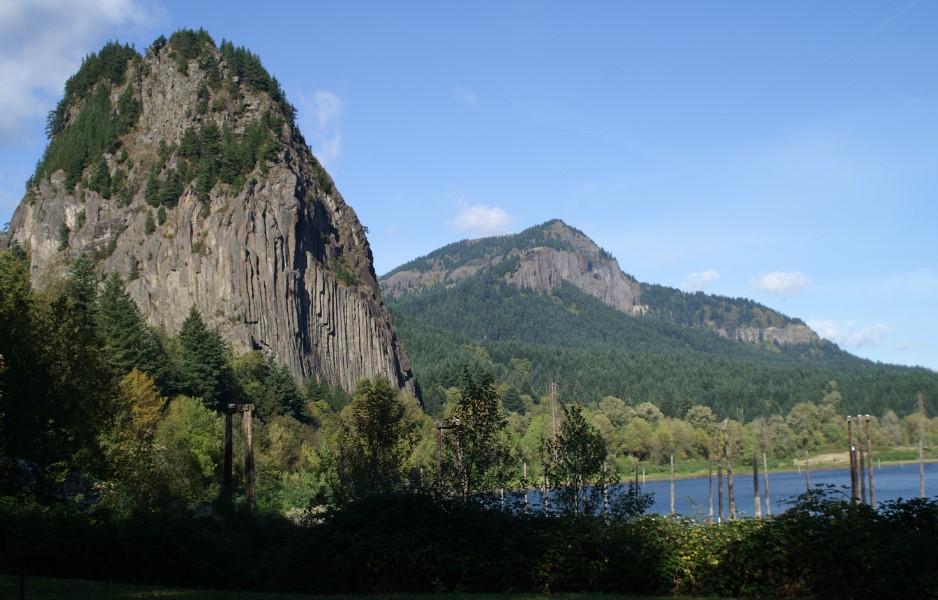In the small town of Heringer of Eastern Hesse, Germany, a beautiful white mountain called Monte Kali, made of spoil heap landmark. The Monte Kali contains nothing but sodium chloride or common table salt, which is a byproduct of potash mining. In this region, potash mining has been a major industry for the last 120 years.
Therefore, it begins with the opening of “Wintershall” potash works, which started mining work in 1903, and currently, it’s the world’s biggest potash mine with an operational area about the size of Greater Munich’s. It is important to keep in mind that Potash mining produces a mixture of potash and sodium chloride, with potassium content, falling between 20% and 35%. Therefore, for each ton of potash recovered, a number of tons of sodium chloride are produced, which can be dumped at many sites around the region. The dumps comprise up to 96% sodium chloride.
However, as time passes, Monte Kali started growing in 1973, and it’s where the K+S chemical company dumps sodium chloride. The Monte Kali heap rises more than 200 meters above the surrounding land and covered an area of 93 hectares till January 2014. Moreover, it contains about 188 million tonnes of salt, with additional 900 tonnes being added every hour and 6.4 million tonnes a year.
Furthermore, lying next to the border with the state of Thuringia, “Monte Kali” towers over Heringen and is a widely held attraction. Because, local folks are referring to it as “Kalimanjaro” a play on words between Kali (shorthand for Kalisalz, German for “potash”) and the well-known volcanic peak Mount Kilimanjaro.
The hikers are having a serious interest in climbing this artificial mountain, and it is observed that more than 10,000 visitors climb it every year. Another important point to be noticed is that Monte Kali and other spoil heaps in this region are seriously environmentally destructive because a massive amount of salt seeps into the ground, polluting the soil, rivers, and groundwater.
Though in result surrounding soil has become eventually barren and only a few halophyte plants resistant to salt can grow there. The Werra River too has become unfriendly to freshwater organisms.


















